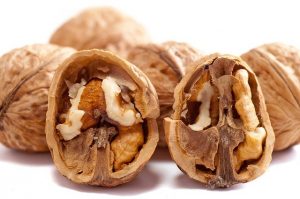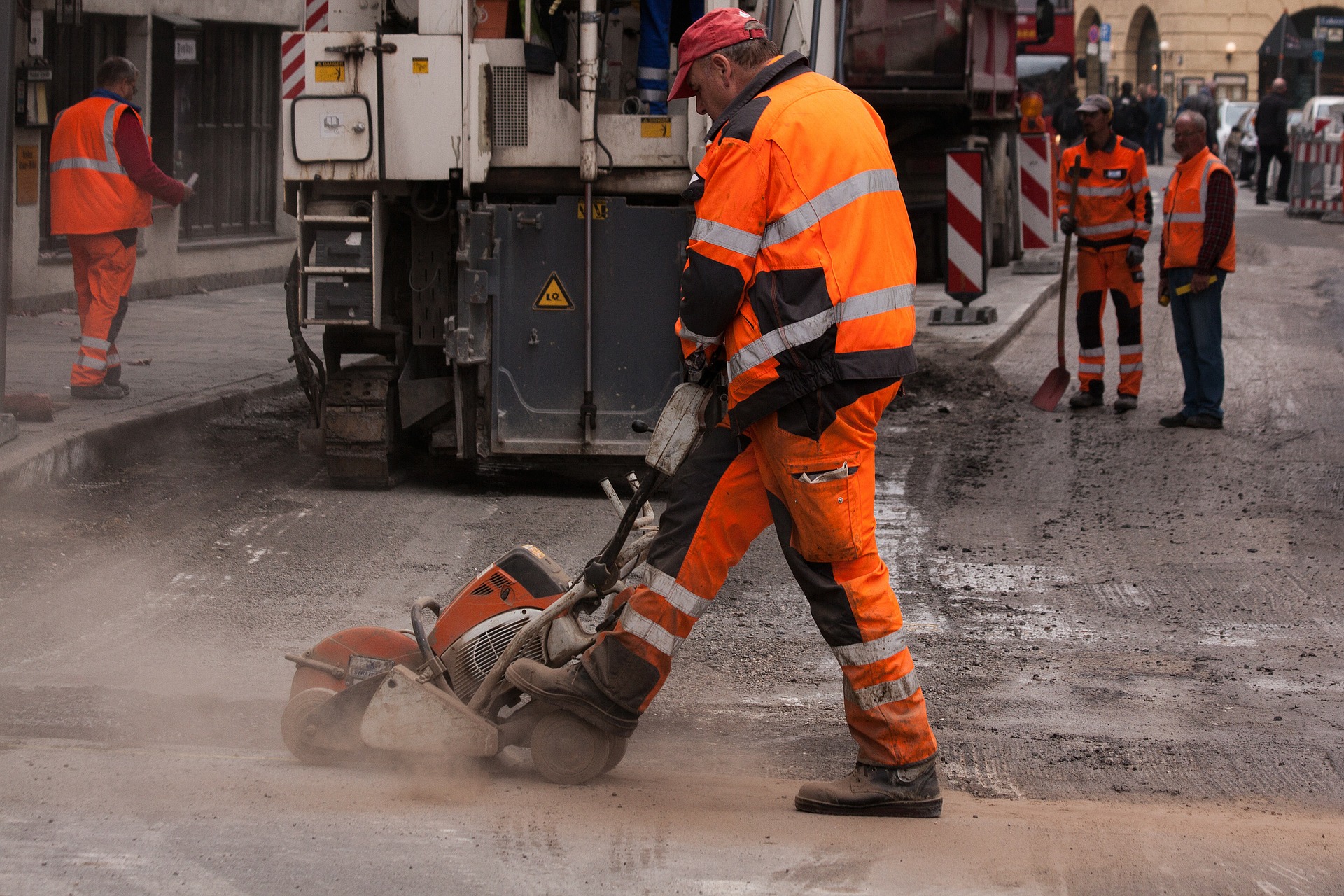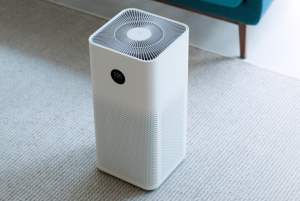
Yes! Our lungs are self-cleaning. You can also help your lungs breathe easy.
If you’re a smoker, have exposure to air pollution, or have a chronic condition like asthma, COPD or cystic fibrosis, you’re probably happy to know that your lungs are cleaning as you read this.
Our lungs rebuild by growing new cilia. Cilia are what helps us keep our airways clear of mucus and dirt.
There are so many bad particles in the air we breathe that we often worry when we feel a sharp pain in our lungs. According to the World Health Organization (WHO), exposure to air pollution results in 4.2 million deaths worldwide each year Source. Lungs are self-cleaning because they repair themselves. Chronic conditions, such as COPD, asthma, and cystic fibrosis, cause excess mucus production or unusually thick mucus that can clog the lungs. There are some easy ways to help your lungs clean themselves, but for the most part they do the work on their own.
Here are 24 Facts about Lung Health
- 384 million people suffer from chronic obstructive pulmonary disease (COPD) and 3 million die from it each year, making it the third leading cause of death worldwide [1].
- 10 million people develop tuberculosis and 1.6 million die from it each year, making it the most common lethal infectious disease [2].
- 1.76 million people die from lung cancer each year, making it the deadliest cancer [3].
- 334 million people suffer from asthma [1].
- Asthma is the most common chronic disease of childhood, affecting 14 percent of children globally − and rising [1].
- 4 million people die from lower respiratory tract infections and pneumonia each year [1].
- Every minute, 2 children under 5 years old die from pneumonia [4].
- 80 percent of pneumonia deaths are in children under 2 years [4].
- Most (99 percent) deaths occur in low or middle-income countries [4]
- Pneumonia is the leading cause of death in the very young and very old.
- Passive smoke exposure also leads to respiratory disease. Since 1964, about 2.5 million nonsmokers died from health problems caused by exposure to second-hand smoke [1].
- 4.2 million people die every year as a result of exposure to ambient (outdoor) air pollution [5].
- 3.8 million people die every year as a result of household exposure to smoke from dirty cookstoves and fuels [5].
- 91 percent of the world’s population live in places where air quality exceeds WHO guideline limits [5].
Source link here
Here are 7 ways you can clear your airways:
1. Steam Therapy
Inhaling steam can momentarily help open your airways to help drain mucus. In cold or dry air you may feel it’s more difficult to breathe. Steam adds warmth and moisture, helping to loosen the mucus inside your airways and lungs. This is however only a temporary solution.
2. Controlled coughing
Coughing is a way for you to clear your airways. Doctors suggest that patients with COPD perform steps to control your cough.
- Sit on a chair with shoulders relaxed, keep both feet flat on the floor
- Fold your arms over your stomach
- Slowly inhale through your nose
- Slowly exhale while pushing the arms against the stomach
- Cough 2 or 3 times while exhaling with your mouth slightly open
- Slowly inhale through the nose
- Rest and repeat if you feel it helps
3. Drain mucus from the lungs
These processes also help remove mucus from your lungs. Basically, slowly inhale through your nose and exhale through your mouth. Each exhale should be twice as long as your inhale. It’s called 1:2 breathing.
- Lay on your back on the floor or a bed, place pillows under your hips, and breathe 1:2 for a few minutes.
- On your side, rest your head on your arm or pillow. Place pillows under your hips and breathe 1:2. Repeat on the other side to clear your other lung.
- On your stomach place a stack of pillows under your stomach. Lie on them but keep your hips above your chest. Fold your arms under your head for support and practice the same 1:2 breathing pattern.
4. Exercise can improve your physical and mental health. It can reduce the chance of getting many health conditions, including heart and lung disease or strokes. When the muscles work harder, your breathing rate increases which supplies more oxygen to your muscles. It also improves circulation which in turn makes your body more efficient hen removing carbon dioxide.
5. Green tea has many good antioxidants that can reduce inflammation in your lungs. In a recent study in Korea looking at 1000 people, those who drank 2 cups of green tea a day had better lung function.
6. Anti-inflammatory foods. Here are 8 foods that fight inflammation:
-
- Turmeric
- Leafy greens
 Cherries
Cherries
- Blueberries
- Olives
- Walnuts
- Beans



- Lentils
7. Cupping your hand and hitting your chest is another great way to remove excess mucus from your lungs. Rhythmically tap your chest wall to open up your airways and loosen some of the mucus in your lungs. Then use postural drainage to help clear your airways.
Outlook
We know that the fear of not being able to breathe is really scary. Our lungs are what keeps us breathing, so it’s important that you know that our lungs rebuild. An ex-smoker’s lungs can actually reduce their odds of dying from smoking by half after 10 years of quitting. Inflammation decreases and the chemicals that pass through the airways do not irritate the lining within.
Although our lungs have ways to protect themselves from damage, and do rebuild, long term exposure to chemicals and air pollution is not reversible. Damaged airways lose their shape and elasticity, as the alveoli in our lungs cannot exchange oxygen and carbon dioxide as efficiently.
It will really help to prevent your airways from getting clogged in the first place. Good ideas are to reduce second hand smoke, get a high quality mask for outdoors, get an air purifier in your home, and to keep your apartment clean.


















 Cherries
Cherries


